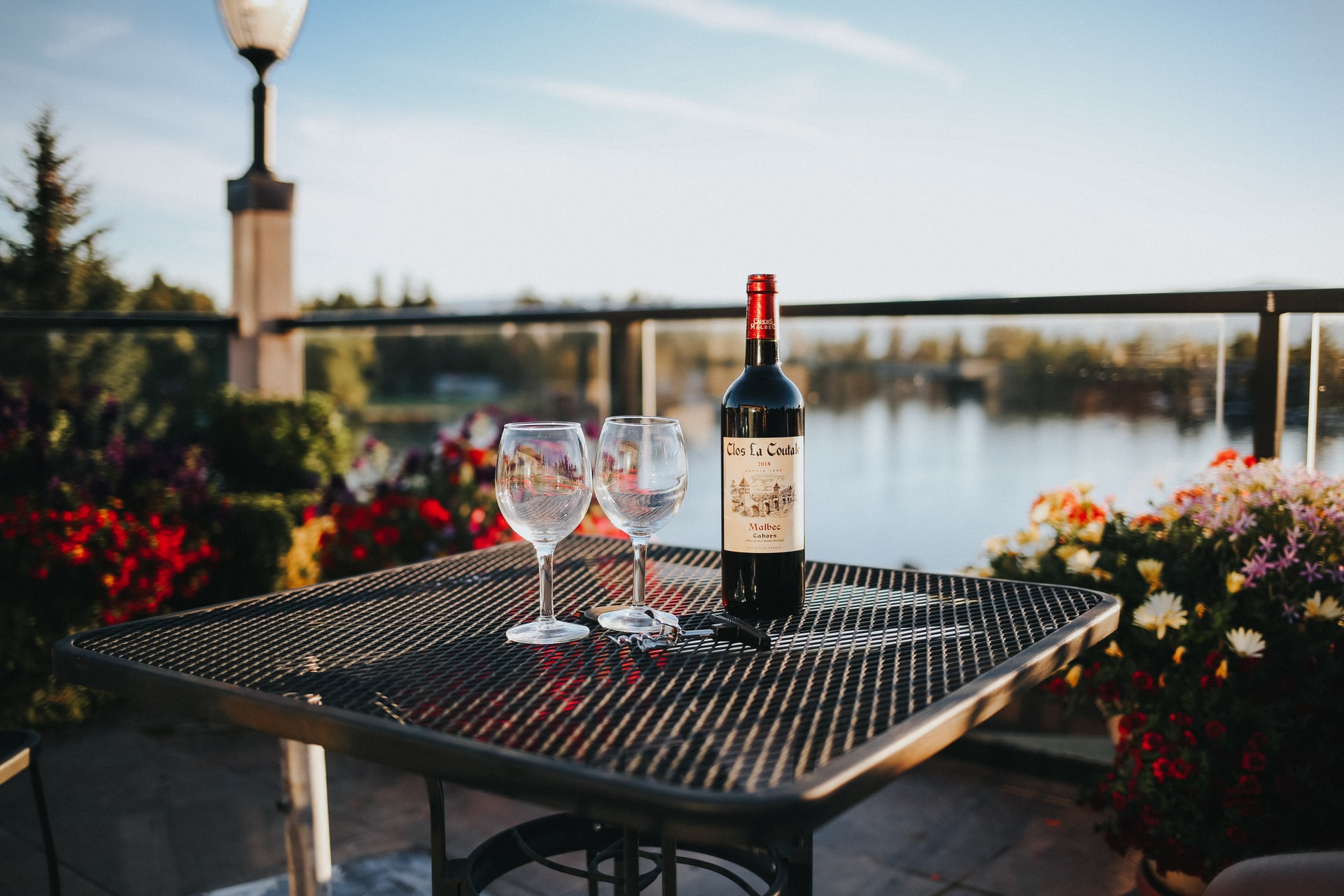Every wine label features a valuable piece of information about the liquid bottled inside – its alcohol content. But what many don’t realize is that number has a bigger impact on the wine than they might think. For instance, a wine’s alcohol content doesn’t just mean that it will take fewer glasses to get a “buzz.” A higher or lower alcohol content can have a noticeable impact on everything from a wine’s body to its flavor profile.
What is Wine Alcohol Content?
Alcohol is what separates wine from grape juice. On the label, a wine’s alcohol content is usually measured by “Alcohol by Volume,” or ABV. Alcohol by Volume is the global standard of measurement for alcohol content, and it indicates the amount of ethanol in a given volume of liquid, expressed as a percentage.
Alcohol content in wine ranges from as low as 5.5% to 25% ABV, with fortified wines typically containing 15.5% to 25% ABV, with an average of 18%, and unfortified wines containing anywhere from 5.5% to 16% ABV, with an average of 11.6%.
Why is it important to know a wine’s ABV before consuming it? This little piece of information tells you how much alcohol is in each glass. Simply put, a 5 oz. glass of 16% ABV wine contains more than twice as much alcohol as a 5 oz. glass of 7% ABV wine. And when you consider that the actual alcohol content of a wine can legally be up to 1.5% higher or lower than the alcohol content stated on the label, you can see how having just a glass to two more might affect you.
Wines with the Highest Alcohol Content
High alcohol wines are produced either through natural fermentation or with fortification. A fortified wine is one that has had a neutral spirit, like distilled grape brandy, added to it to increase its alcohol content. When wine has a higher ABV, it will feature a fuller and richer body and a slightly bitter taste. Some of the highest alcohol content wines available include:
- Shiraz: 15.5% ABV
- Grenache-Syrah-Mourvèdre: 15.5% ABV
- Zinfandel: up to 16% ABV
- Late Harvest Dessert Wine: 15–17% ABV
- Sherry: 15–20% ABV
- Port and Tawny Port: 20% ABV
- Madeira: 20% ABV
- Marsala: 20% ABV
- Aromatized Wine (Vermouth): 20% ABV
Normal Wine Alcohol Content
Normal wine alcohol content is a matter of preference, but based on ABV scale, these would include wines with medium alcohol content. Most European wines fall under this category, as well as most of the more affordably priced American wines and both red and white wine has varieties that fall under this group. These include wines averaging between 11.5% and 13.5% ABV, such as:
- Bordeaux
- Bourgogne
- Champagne
- Côte du Rhône
- Beaujolais
- Chianti
- Dolcetto
- Rosé Wine
- Sauvignon Blanc
- Riesling
- Pinot Gris and Pinot Noir
Low Alcohol Content Wine
Low alcohol content wine includes those with ABVs lower than 10%. Since the alcohol content is so low, these wines are light in body and sweet. The sweetness comes from the leftover grape sugar that remains in the wine after the desired alcohol-level is reached. Some examples of low alcohol content wine include:
- Moscato d’Asti: 5.5% ABV
- Brachetto d’Acqui: 6.5% ABV
- Kabinett Riesling: 8% ABV
- Spätlese Riesling: 8.5% ABV
- Alsace Blanc: 9%–10% ABV
- Muscadet: 9.5% ABV
Understanding a wine’s alcohol content is important because it can have a significant affect on how your wine and food pairings work together. So, before you grab your next bottle of wine from your local shop, pay close attention to the bottle’s ABV percentage. This will help ensure that the wine you’re choosing will meet your expectations.

